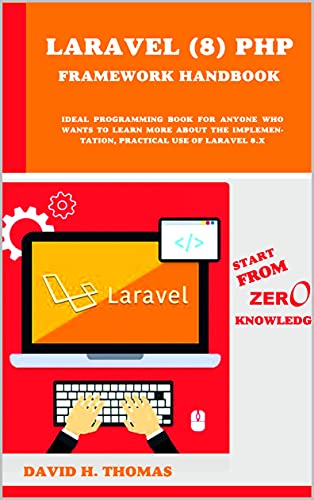Download this PDF book: Linear Algebra 4th Edition by Jim Hefferon
This text covers a standard first course: Gauss’s Method, vector spaces, linear maps and matrices, determinants, and eigenvalues and eigenvectors. In addition, each chapter ends with some brief topics, such as applications.
What sets it apart is careful motivation, many examples, and extensive exercise sets. Together, these help each student master the material of the course and also help an instructor develop that student’s level of mathematical maturity.
Review
"The clear writing style, tremendous variety of exercises, amenability to use with active learning strategies, and the careful attention to detail in preparation mean that the text is exceptionally adaptable."
This book helps students to master the material of a standard US undergraduate first course in Linear Algebra. The material is standard in that the subjects covered are Gaussian reduction, vector spaces, linear maps, determinants, and eigenvalues and eigenvectors.
Another standard is the book’s audience: sophomores or juniors, usually with a background of at least one semester of calculus. The help that it gives to students comes from taking a developmental approach — this book’s presentation emphasizes motivation and naturalness, using many examples.
The developmental approach is what most recommends this book so I will elaborate. Courses at the beginning of a mathematics program focus less on theory and more on calculating.
Later courses ask for mathematical maturity: the ability to follow different types of arguments, a familiarity with the themes that underlie many mathematical investigations such as elementary set and function facts, and a capacity for some independent reading and thinking. Some programs have a separate course devoted to developing maturity but in any case a Linear Algebra course is an ideal spot to work on this transition.
It comes early in a program so that progress made here pays off later but it also comes late enough so that the classroom contains only students who are serious about mathematics. The material is accessible, coherent, and elegant.
And, examples are plentiful. Helping readers with their transition requires taking the mathematics seriously. All of the results here are proved. On the other hand, we cannot assume that students have already arrived and so in contrast with more advanced texts this book is filled with illustrations of the theory, often quite detailed illustrations.
Some texts that assume a not-yet sophisticated reader begin with matrix multiplication and determinants. Then, when vector spaces and linear maps finally appear and definitions and proofs start, the abrupt change brings the students to an abrupt stop.
While this book begins with linear reduction, from the start we do more than compute. The first chapter includes proofs, such as the proof that linear reduction gives a correct and complete solution set. With that as motivation the second chapter does vector spaces over the reals. In the schedule below this happens at the start of the third week.
A student progresses most in mathematics by doing exercises. The problem sets start with routine checks and range up to reasonably involved proofs. I have aimed to typically put two dozen in each set, thereby giving a selection.
In particular there is a good number of the medium-difficult problems that stretch a learner, but not too far. At the high end, there are a few that are puzzles taken from various journals, competitions, or problems collections, which are marked with a ‘?’ (as part of the fun I have worked to keep the original wording).
That is, as with the rest of the book, the exercises are aimed to both build an ability at, and help students experience the pleasure of, doing mathematics. Students should see how the ideas arise and should be able to picture themselves doing the same type of work.
Contents:
Chapter One: Linear Systems
Chapter Two: Vector Spaces
Chapter Three: Maps Between Spaces
Chapter Four: Determinants
Chapter Five: Similarity
About the book:
Publisher : Orthogonal Publishing L3C; 4th edition (June 1, 2020)
Language : English
Pages : 526
File : PDF, 9MB
Free Download the Book: Linear Algebra 4th Edition by Jim Hefferon
PS: Share the link with your friends
If the Download link is not working, kindly drop a comment below, so we'll update the download link for you.
Happy downloading!








